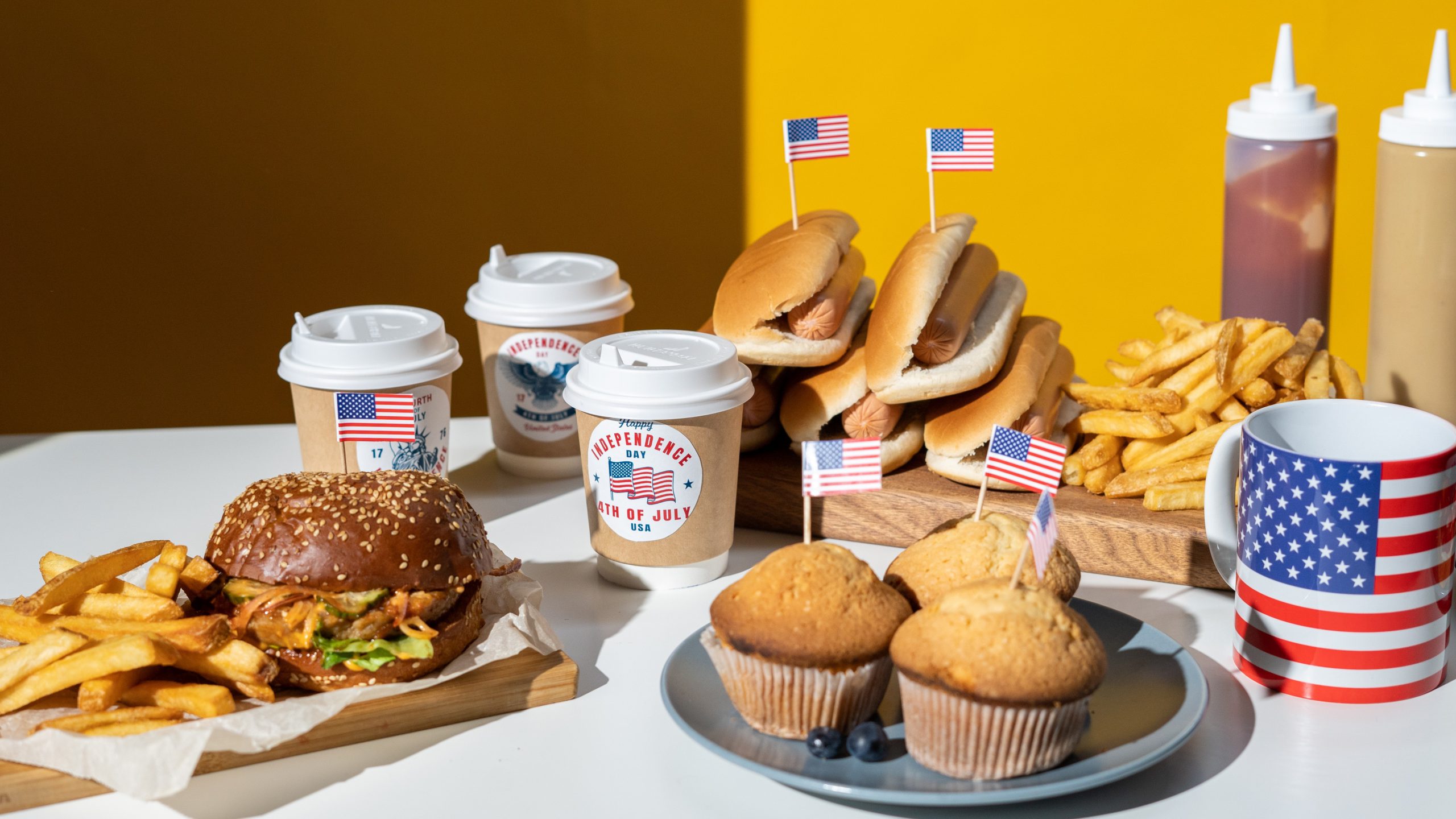Humans have long dreamed of a time when food was so plentiful that delicious and nutritious food would be easily obtained by all. The socialists of the 18th and 19th century imagined futures in which the seas flowed with lemonade and roasted chickens flew right into the mouths of all who were hungry.
It turns out that socialism’s ability to feed large populations at even the most minimal level was nearly non-existent. Only the socialist leadership dined on roast chickens — while millions of their citizens starved to death.
Meanwhile, market economies have continually driven down the real cost of food, enabling more and more people to consume more calories and a wider variety of higher quality food. Such economies certainly still have too many who go to bed hungry, but they also have more who have found it easier than ever to get the calories they need.
This is particularly notable around the holidays. For many years, Thanksgiving and Christmas dinners were the exception for many families. At these times of year, families indulge themselves in a kind of meal that they normally would not have.
A lavish meal, including a turkey or a big ham and all the side dishes and desserts, was a luxury that most people could not afford to eat more than once or twice a year. But as food costs have dropped, and as food has become a smaller percentage of total expenditures, not only can more people afford lavish holiday dinners, such dinners are not as exceptional as in the past.
The real cost of food falls fast
In 1901, the average American family spent about 40% of its income on food. That fell to around 34% by the end of World War II. By the turn of the 21st century, food was only about 13% of household expenditures. By 2013, total food expenditures (including eating at home and eating out) were under 10 percent of total household expenditures.
Americans are wealthier than they were in the past and — thanks to advances in technology and transportation and a far more competitive and global marketplace — the real cost of food has fallen dramatically.
For example, turkey cost 58 cents per pound in 1970, compared to about $1.40 per pound in 2016. But when we look at what has happened to wages in the same period, we can see a significant decline in its real cost.
The average private sector wage in the fall of 1970 was around $3.50 per hour. Today that same number is about $21.75 per hour. In 1970, a 15-pound turkey cost $8.70, or about 2.5 hours of work. In 2016, the same turkey costs $21.00, or just about one hour of work. In other words, turkey today costs 40% of what it did in 1970.
The same trends are true with other parts of the typical holiday dinner. Mark Perry of the American Enterprise Institute has kept track annually of the cost of a Thanksgiving dinner. His summary of 2016 was, “Compared to the cost of a Thanksgiving dinner in 1986 of $62.84 (in 2016 dollars), today’s classic turkey dinner is 20.3% cheaper at $50.11 this year.” He also notes that if we make the time-cost comparison, the dinner is 29 percent cheaper than in 1986.
We indulge in more luxuries than ever
One of the consequences of the declining cost of food is that we eat out much more often than did our parents and grandparents. We are also more likely to purchase food at the grocery store that has already been prepared to some degree. The obvious examples are the kinds of reheatable foods you can buy at the supermarket, like the ubiquitous rotisserie chicken.
But the more subtle version is that we are far more likely to buy things like chicken breasts or thighs, and perhaps the marinated versions, than our parents and grandparents, who likely bought whole chickens (or had some in the yard) and cut them up and prepared them themselves. We are wealthy enough, and food is cheap enough, that we can afford to buy the combination of the food and (expensive) human labor involved in starting its preparation.
And when everyone can afford the same food, we try harder to differentiate ourselves by status, with the result being “artisanal” this and that, and all the other food trends from organic to slow food. Even poor, humble eggnog can’t escape the hipster treatment.
We eat out more, and we buy more prepared foods to eat at home. Our grocery stores, even in rural America, have much more variety, and have more foods from all over the world, than they did 40 years ago, and dramatically more than 100 years ago. We take for granted our fresh fruits all year long, our seafood flown in daily, our wines from Australia, and an entire aisle just for potato chips.
Thanks to markets, billions across the globe eat more easily than ever before. As you sit around the holiday dinner table this year, consider that the true cornucopia is not just the delicious food you are about to consume, but the ability of the market economy to feed more people better than ever before in human history.
Sure, market economies haven’t made roasted chickens fly into our mouths, but they have made our holiday dinners much more affordable. And when drones from Amazon actually do drop a roasted turkey dinner on our doorstep, it will be markets — not socialism — that made it possible.
To read more about the free market economy, be sure to check out our cluster page by clicking on the button below.
This article was originally published on the Learn Liberty blog.
This piece solely expresses the opinion of the author and not necessarily the organization as a whole. Students For Liberty is committed to facilitating a broad dialogue for liberty, representing a variety of opinions.








